Soil Intelligence Drives Yield Efficiency
Soil intelligence is the knowledge and subsequent comprehension acquired as the result of organized investigation of soil and the crops that grow in it. Intelligence grows and evolves. The establishment of intelligence is a result of building mechanisms for gaining information about a complex system like soil, and then maintaining those mechanisms for continuing additions and refinements to the soil intelligence already possessed.


Gathering intelligence, layer by layer.
What will the soil tell us?
With adequate soil intelligence it is possible to make inferences as to the nature of the soil profile, and as a result, adjustments may be made to encourage desired results and outcomes. To benefit agriculture, soil intelligence must include accurate and reliable information on each of the entities that comprise soil. That means repeatable methods for measuring those functions that define soil entities as well as facilities for logging, classifying and analyzing those data to gain the insights necessary to influence and encourage yield efficiency.
Driving Yield Efficiency
Yield efficiency has become the new standard for a successful growing season, supplanting maximum yield. For growers of agricultural crops, basic conditions have shifted. Nutrient inputs and other expenses have increased dramatically in price as the result of world events. It is no longer economically sensible to pour on nutrients and water to force maximum yield. Instead, growers must strive for optimum yield, rationing their inputs and monitoring results to get the best yield possible for each season, considering the vagaries of weather and markets. This is yield efficiency, which for reasons just stated must be driven by soil intelligence.
Dirt is Not Soil
Soil is an ever-changing composition of aggregates populated by organisms, microbes and fungi, served by water and nutrients and dependent on weather. Factors comprising a soil’s profile include additives that can be managed, influences that can be mitigated and impacts that should be avoided.

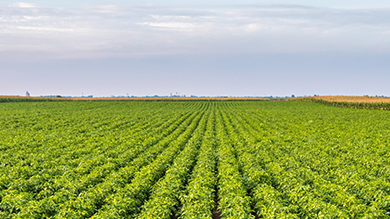
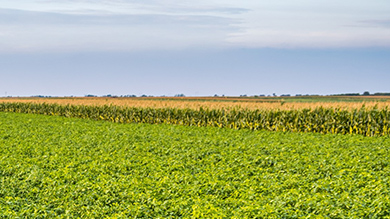
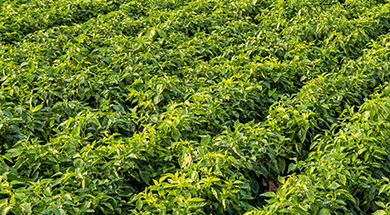
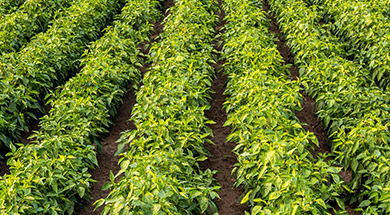
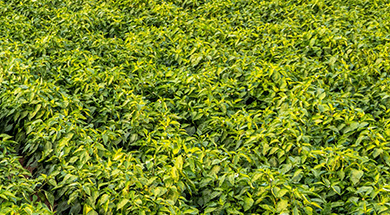
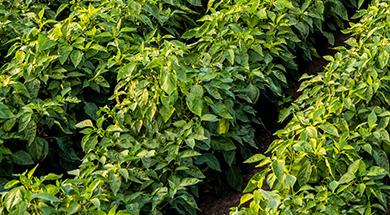
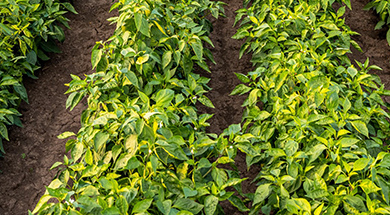

Each of these is impacted in some way by one or more of the others, and in many circumstances the future change of one can be predicted by the activity of others. In this way soil intelligence can be utilized to monitor soil health and suggest timely applications of water, nutrients, pesticides or potentially herbicides to optimize yield.
